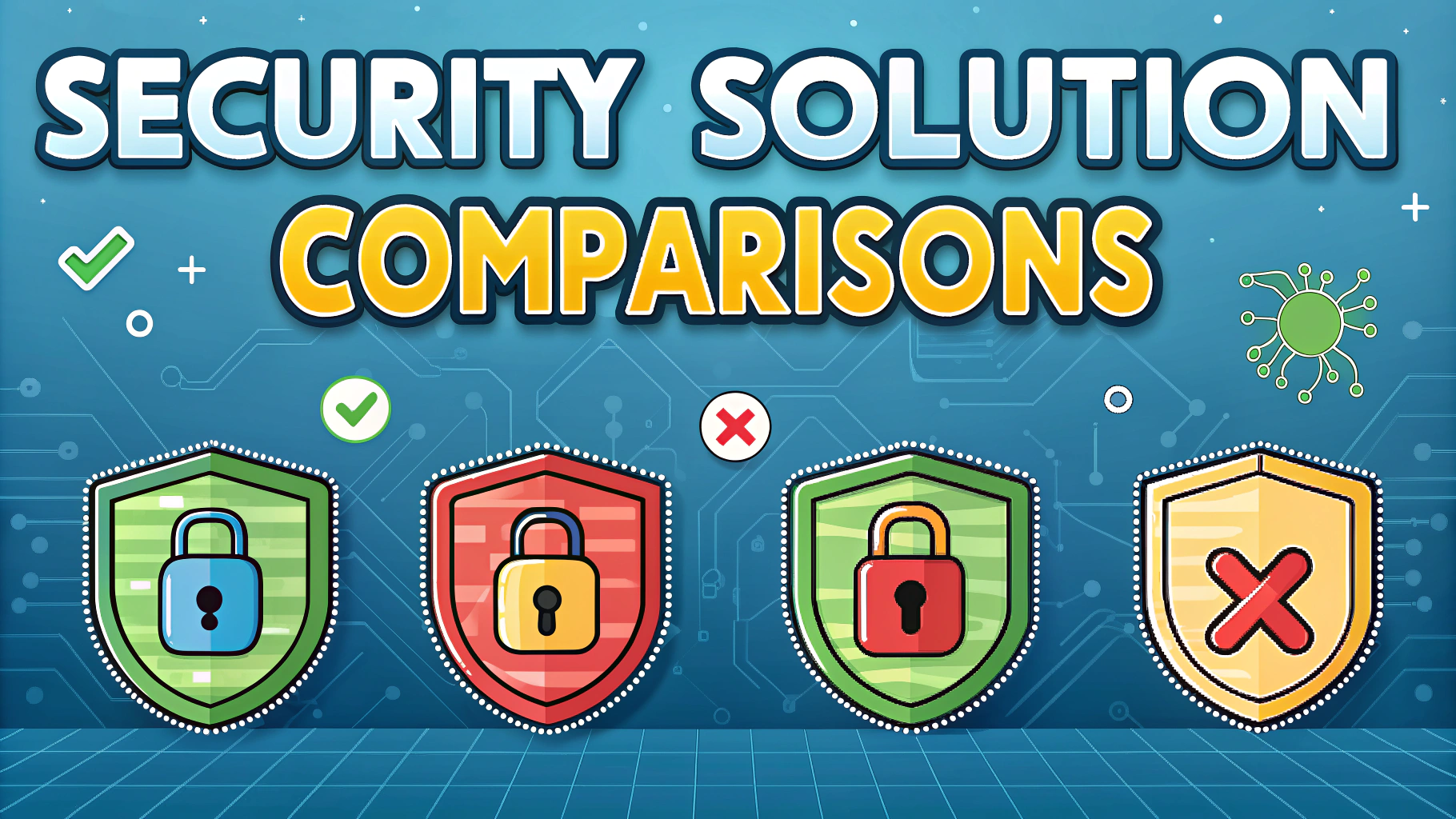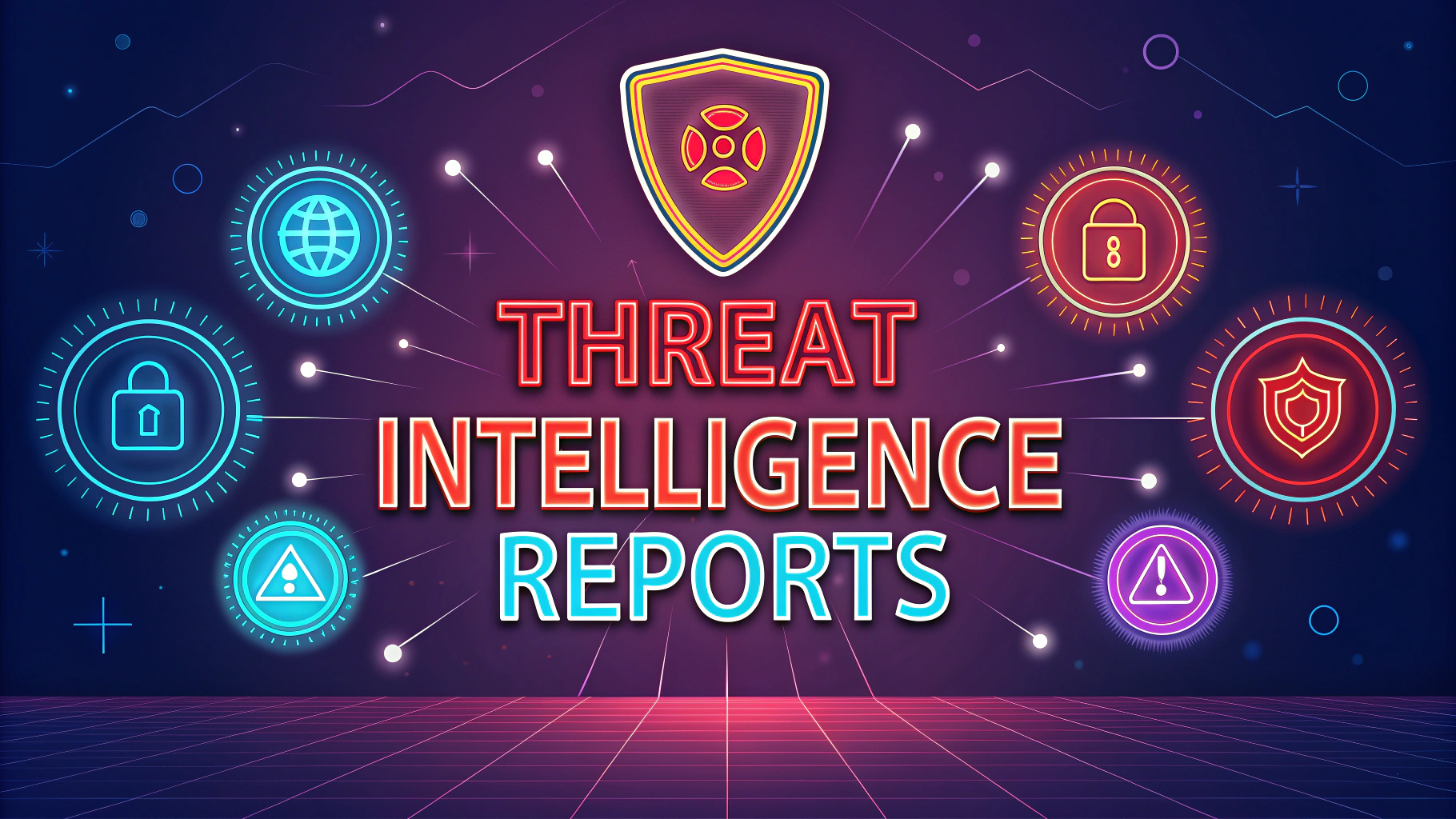Setting up a local penetration testing meetup group connects security professionals, enthusiasts, and newcomers who want to learn about ethical hacking and cybersecurity.
Running these meetups requires careful planning, proper venue selection, and creating an environment that encourages learning while maintaining ethical standards.
This guide covers the essential steps to organize successful penetration testing meetups that benefit both beginners and experienced professionals.
Getting Started
- Register your group on platforms like Meetup.com or EventBrite
- Create clear group guidelines emphasizing ethical hacking principles
- Set up communication channels (Discord, Slack, or Matrix)
- Define meeting frequency (monthly meetings work well)
Venue Selection
Look for spaces with reliable internet connections and proper power outlets for participants’ devices.
- Co-working spaces
- Tech company meeting rooms
- University computer labs
- Local hackerspaces
Equipment and Setup
- Projector or large display
- Separate network for practice
- Power strips and extension cords
- USB drives with practice VMs
Meeting Structure
- 15-minute introduction and announcements
- 45-minute main presentation or workshop
- 30-minute hands-on practice
- 30-minute networking and Q&A
Legal and Safety Considerations
Have participants sign liability waivers and agreements about ethical conduct.
- Use isolated test environments only
- No targeting of production systems
- Document all activities
- Check local laws regarding penetration testing
Content Ideas
- Web application security testing
- Network penetration basics
- Wireless security assessment
- Social engineering awareness
- Tool demonstrations (Metasploit, Burp Suite, etc.)
Building Community
- Partner with local security companies
- Invite guest speakers from the industry
- Create mentorship programs
- Share meeting recordings (with permission)
Recommended Resources
- OWASP (https://owasp.org) – Partner for content and speakers
- Hack The Box (https://www.hackthebox.eu) – Practice environments
- VulnHub (https://www.vulnhub.com) – Vulnerable machines for practice
Next Steps for Growth
Consider hosting virtual sessions alongside physical meetups to reach more participants.
Document success stories and share them with the broader security community.
Create partnerships with certification providers for member benefits.
Organizing Advanced Sessions
- Capture The Flag (CTF) competitions
- Red Team vs Blue Team exercises
- Bug bounty workshops
- Advanced tool development
Documentation and Knowledge Base
- Create wiki for meeting materials
- Record solutions to common challenges
- Maintain tool documentation
- Share presentation slides
Funding and Sponsorship
Develop sustainable funding models to support group activities.
- Corporate sponsorships
- Optional membership fees
- Workshop ticket sales
- Equipment donations
Remote Participation Options
- Live streaming setup
- Online collaboration tools
- Virtual lab environments
- Recording distribution platform
Measuring Success
- Track attendance metrics
- Collect feedback surveys
- Monitor skill progression
- Document member achievements
Sustaining Your Security Community
Focus on creating lasting value for members while maintaining high ethical standards.
- Regular curriculum updates
- Active community engagement
- Professional networking opportunities
- Continuous improvement based on feedback
FAQs
- What is a local penetration testing meetup, and why should I join one?
A local penetration testing meetup is a gathering of cybersecurity professionals, enthusiasts, and beginners who meet regularly to discuss penetration testing techniques, tools, and methodologies. These groups provide networking opportunities, knowledge sharing, and hands-on practice in a collaborative environment. - What safety measures should be in place during penetration testing meetups?
All testing activities must be conducted in controlled environments using dedicated labs or CTF platforms. Members should sign ethical guidelines agreements, and testing should never be performed on unauthorized systems or networks. - What equipment should I bring to a penetration testing meetup?
Bring a laptop with required testing tools installed, preferably running Kali Linux or similar penetration testing distributions. Also bring a notebook, and ensure your devices are properly secured with updated antivirus and firewall protection. - How can I ensure the meetup stays legal and ethical?
Establish clear guidelines that align with legal frameworks, obtain necessary permissions for testing activities, maintain documentation of authorized activities, and ensure all members understand and sign ethical conduct agreements. - What topics are typically covered in penetration testing meetups?
Common topics include web application security, network penetration testing, wireless security, social engineering, mobile security testing, tool demonstrations, CTF challenges, and discussions of recent security vulnerabilities. - How should beginners prepare for their first penetration testing meetup?
Familiarize yourself with basic networking concepts, learn common Linux commands, set up a virtual lab environment, and review basic security tools like Nmap, Wireshark, and Metasploit. - What are the best practices for organizing hands-on exercises during meetups?
Set up isolated networks for practice, use vulnerable virtual machines designed for testing, implement proper safety protocols, and ensure all activities have clear learning objectives and documentation. - How can meetup organizers verify the credentials of potential members?
Implement a vetting process that includes professional references, LinkedIn profiles, certifications verification, and potentially requiring members to sign non-disclosure agreements before participating in advanced sessions. - What infrastructure is needed to host an effective penetration testing meetup?
A secure meeting space with reliable internet connectivity, a dedicated network for testing, projection equipment for presentations, and isolated lab environments or virtual machines for practical exercises. - How should sensitive findings from penetration testing exercises be handled?
Establish strict confidentiality protocols, ensure findings are properly documented and secured, and implement guidelines for responsible disclosure if real vulnerabilities are discovered during practice sessions.








